Original WWII "Bell Airacobra" U.S. Pilot Aircraft Recognition Poster

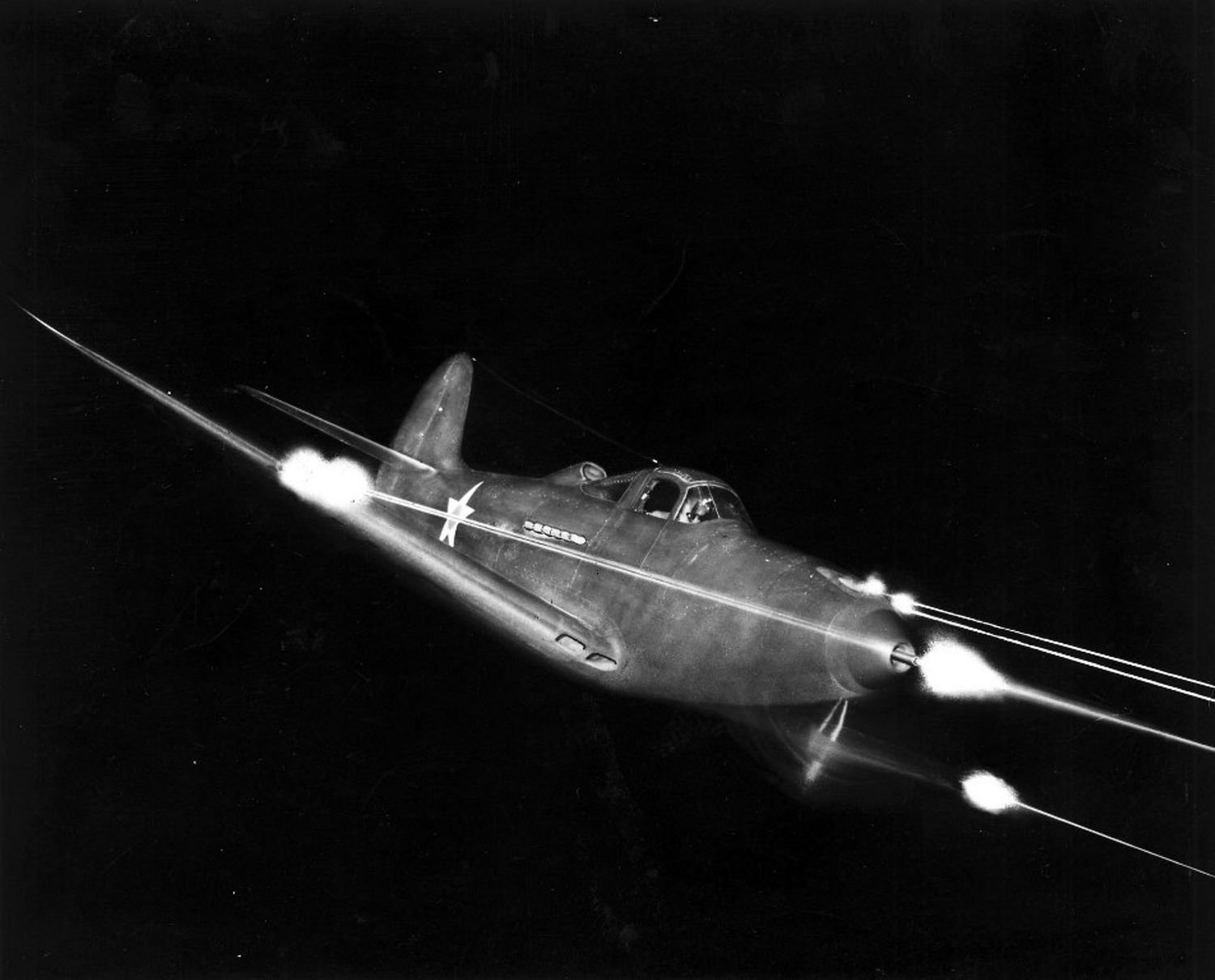
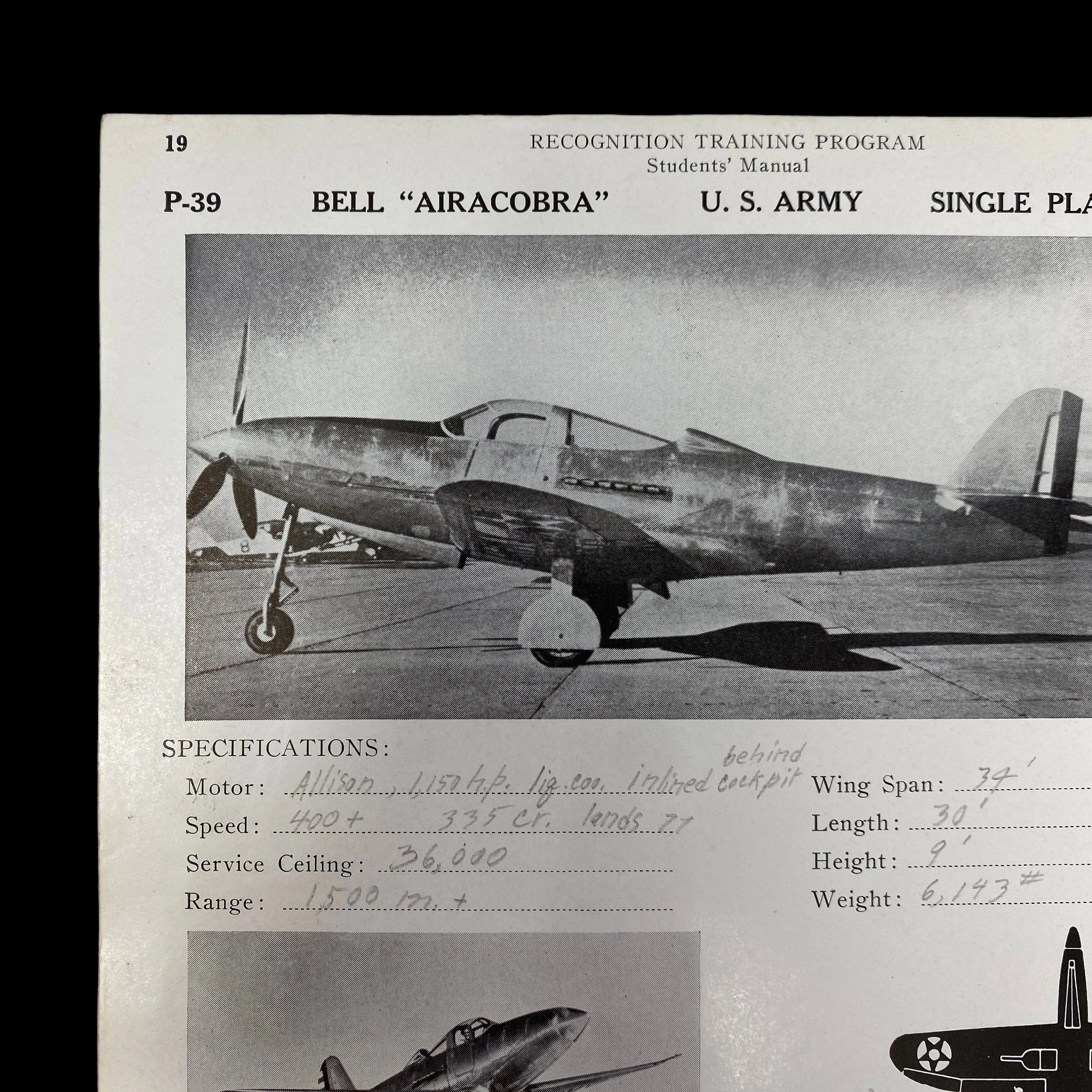
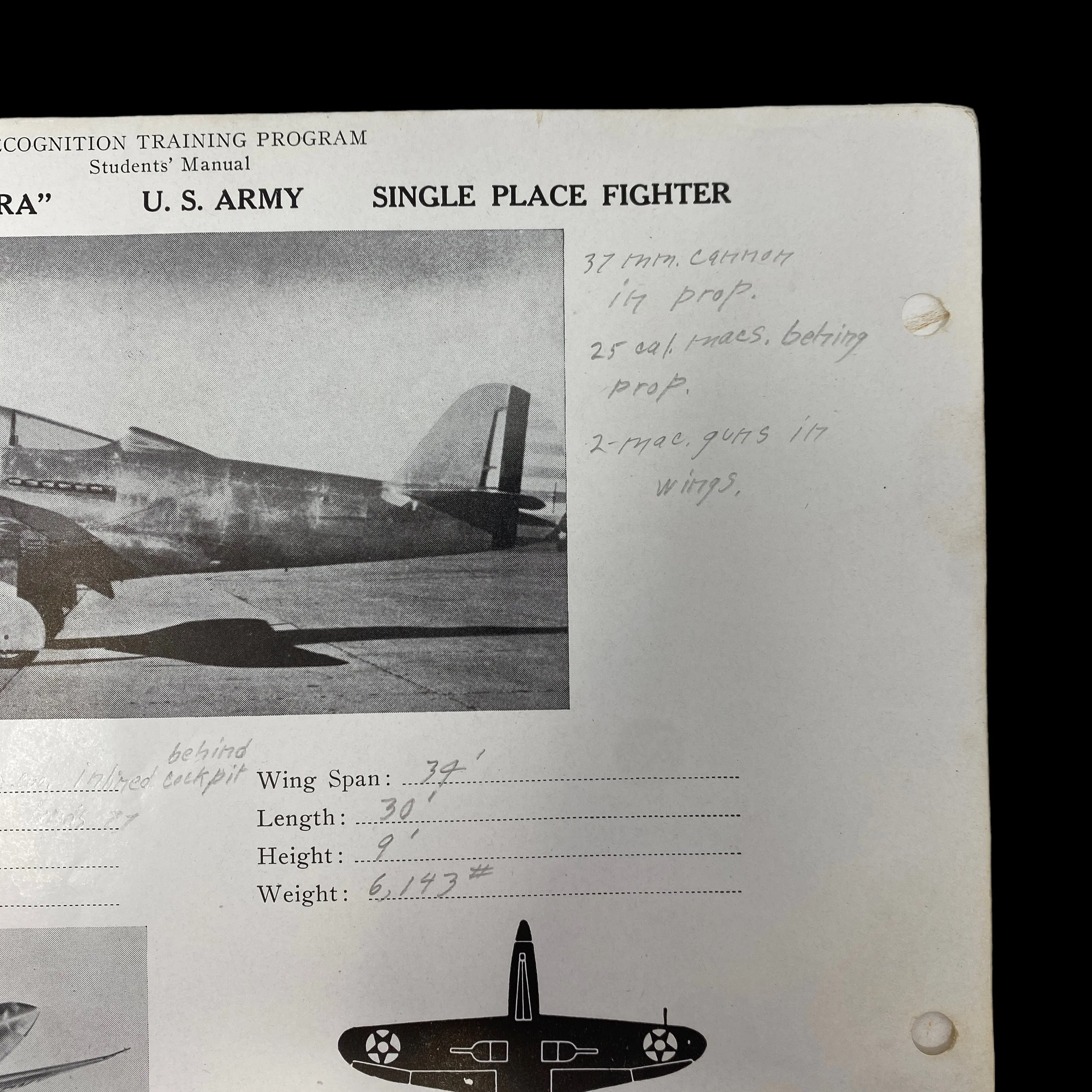
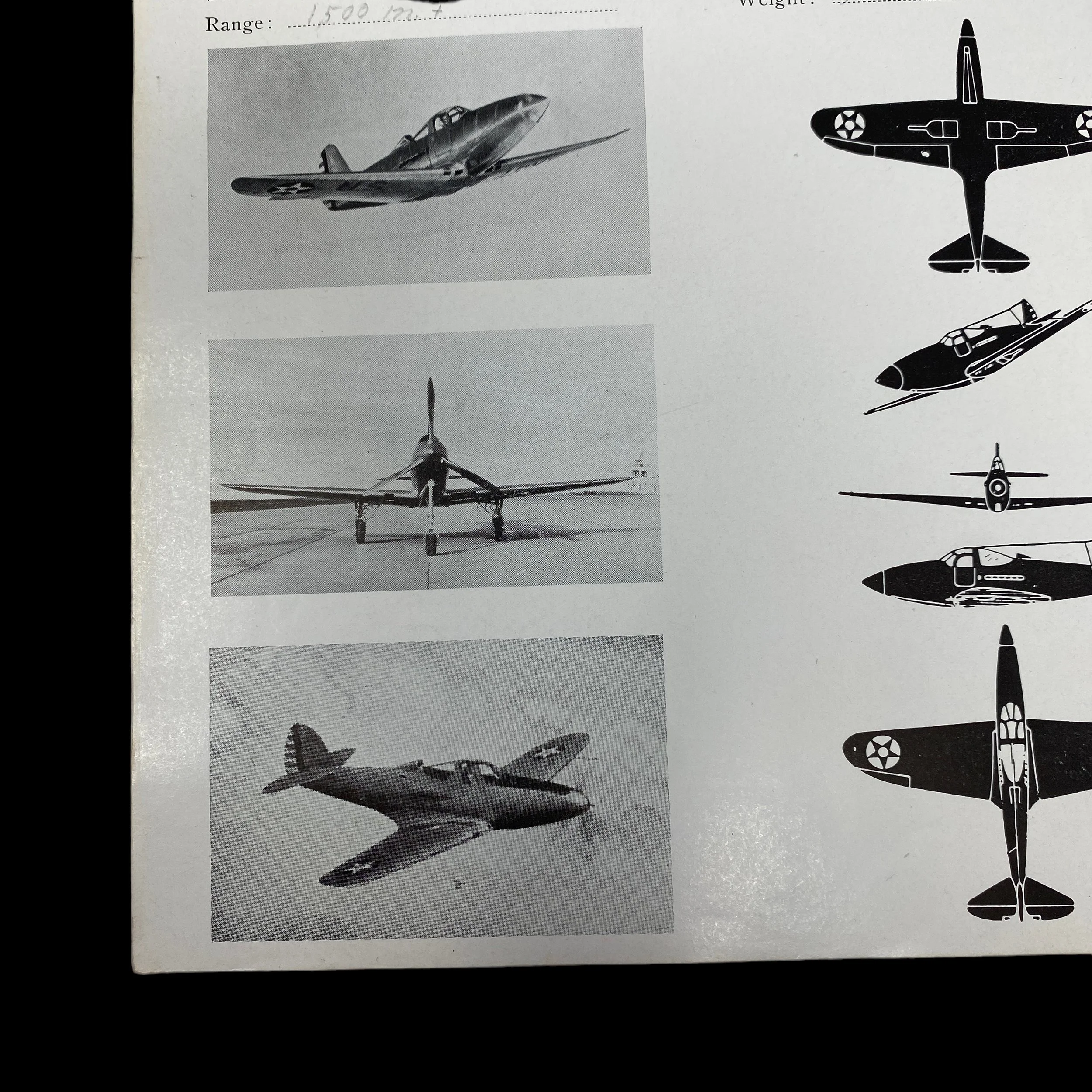
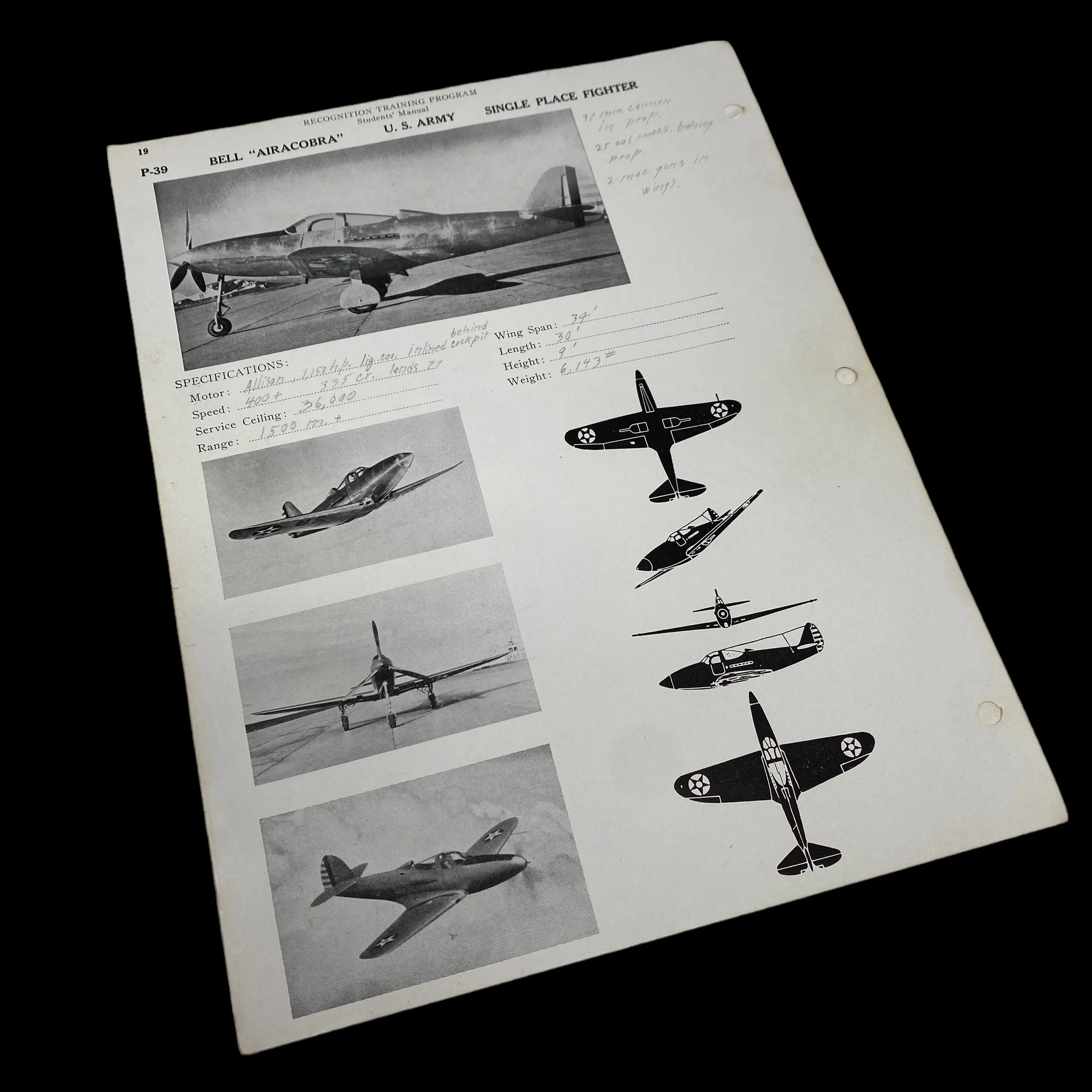

Original WWII "Bell Airacobra" U.S. Pilot Aircraft Recognition Poster
Comes with a hand-signed C.O.A. and a full historical write-up
This incredible and original WWII U.S. “Aircraft Recognition Poster” shows heavy use and wear as it was used by a U.S. pilot during training before being shipped off to the Pacific Theater. What makes this specific aircraft recognition poster even more special is that it contains the original pilot’s hand-written annotations and remarks for each aircraft. This poster is a smaller version of the larger wall posters and was meant to be carried and studied by the individual pilots. This poster measures roughly 8 x 11 inches.
During World War II, aircraft identification posters played a crucial role in ensuring the safety and success of pilots, crew members, and other personnel involved in the war effort. These posters served as essential tools for recognizing friendly and enemy aircraft, preventing friendly fire incidents, facilitating effective communication, and saving countless lives. By examining specific instances where these posters proved instrumental in the war effort, we can truly appreciate their significance during this pivotal period in history.
Aircraft identification posters were of paramount importance to pilots during World War II. In the heat of battle, quick and accurate identification of enemy aircraft was vital for pilots to make informed decisions and engage the correct targets. These posters provided comprehensive visual representations of both friendly and enemy aircraft, enabling pilots to swiftly differentiate between friend and foe, thus minimizing the risk of unintentional attacks on allied planes. Pilots gained an invaluable advantage in aerial combat by having access to these identification tools.
Apart from pilots, the crew members working onboard aircraft also greatly benefited from aircraft identification posters. Crew members, such as gunners and bombardiers, relied on these posters to quickly identify approaching aircraft, allowing them to respond appropriately and defend their aircraft from enemy attacks. The ability to distinguish between friendly and enemy planes prevented tragic instances of fratricide, enhancing crew safety and morale. These posters ensured effective communication and coordination among crew members, fostering a sense of trust and teamwork crucial for mission success.=
One of the most significant contributions of aircraft identification posters was their role in preventing friendly fire incidents. In the chaos of war, misidentifying aircraft could have catastrophic consequences. These posters became indispensable tools for ground-based personnel, anti-aircraft gunners, and naval forces, aiding them in accurately distinguishing between friendly and enemy aircraft. The ability to differentiate between aircraft allowed personnel to direct fire appropriately, reducing the risk of accidentally targeting allied forces and minimizing casualties among friendly troops.
Numerous instances during World War II demonstrate the life-saving impact of aircraft identification posters. For instance, during the Battle of Britain, the Royal Air Force utilized identification posters to great effect. Pilots and ground-based personnel could quickly identify German Luftwaffe planes, such as the Messerschmitt Bf 109, and distinguish them from their own Spitfires and Hurricanes. This accurate identification enabled British forces to respond effectively, achieving victory in this crucial battle and turning the tide of the war.
Aircraft identification posters played a vital role in the overall war effort during World War II. Their widespread distribution among military personnel ensured a common understanding of aircraft recognition across different units and branches of the armed forces. By avoiding friendly fire incidents and facilitating effective communication, these posters contributed to the overall efficiency and effectiveness of military operations. The successful execution of missions relied on the accurate identification of aircraft, making these posters an indispensable component of wartime strategy.
Aircraft identification posters were indispensable tools that greatly contributed to the success of World War II. These posters aided pilots, crew members, and other personnel in quickly identifying friendly and enemy aircraft, preventing fratricide, and facilitating effective communication. The life-saving impact of these posters is evident in numerous instances where their accurate identification played a pivotal role. The widespread distribution of these posters contributed to the overall efficiency and effectiveness of military operations, underscoring their vital importance in the war effort.